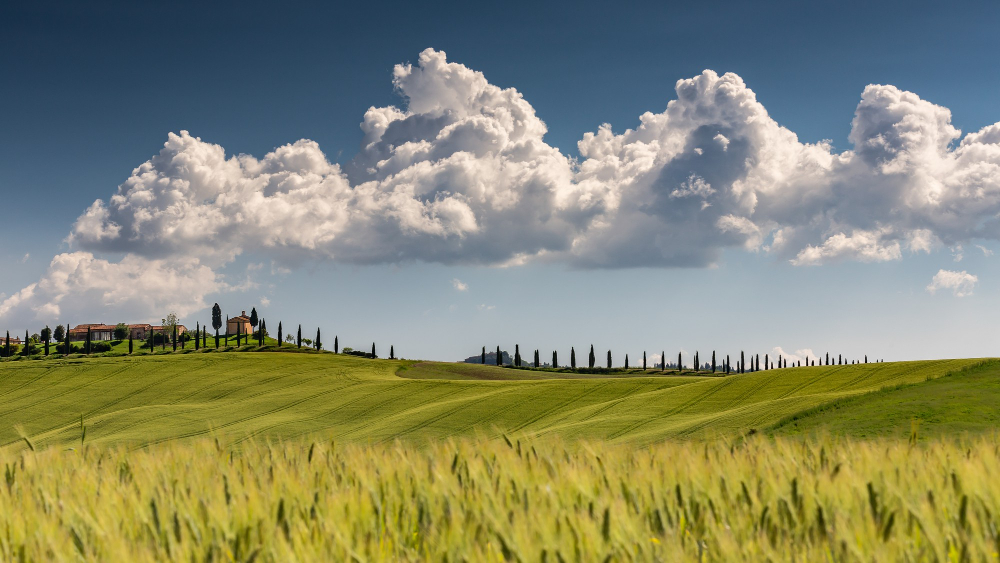The second edition of ‘Clear as glass’ took place on Thursday evening, 8 June 2023. This edition focused on the topic of water in greenhouse horticulture. Educational presentations were delivered to a diverse audience of growers, researchers, suppliers, buyers and other interested people. The evening concluded with a social networking session.
Following a wet spring, the agricultural sector is facing challenges due to the ongoing drought. Previous droughts have had a significant impact on the industry, and concerns also emerging in greenhouse horticulture. Some growers are reporting issues with water levels and water quality in their basins.
Although the greenhouse horticulture sector is already very sustainable in its use of available water, there are ways to make it even more drought resilient. These include the use of alternative water sources, optimal storage of available water, prevention of algae growth and optimised irrigation.
- The water supply for some intensive greenhouse crops, such as tomatoes, is insufficient. This is due to the fact that the average rainfall in Flanders is insufficient to meet the needs of the crop. At the initial presentation, Simon Craeye (Inagro) outlined the various alternative water sources, both local and external, that can be utilised.
- Greenhouse horticulture is renowned for its efficient use of water, yet there is still scope for ensuring that no water is lost. Dries Mergaert (Inagro) presented an analysis of the impact of the new regional urban planning regulation for rainwater harvesting (GSV) and discussed how the results of the GlaWInO operational group provide a solution in this regard.
- The combination of warm weather, stagnant or slow-flowing water and exposure to light can cause blue-green algae blooms. These algae can be harmful as they produce toxins such as microcystin. In the CYANTIR project, the consortium investigated whether crops can absorb microcystin when irrigation water is contaminated.
- Simon Lauwers (Laboratory of Plant Ecology at Ghent University) demonstrated how plant sensors can indicate when a plant is experiencing drought stress.
